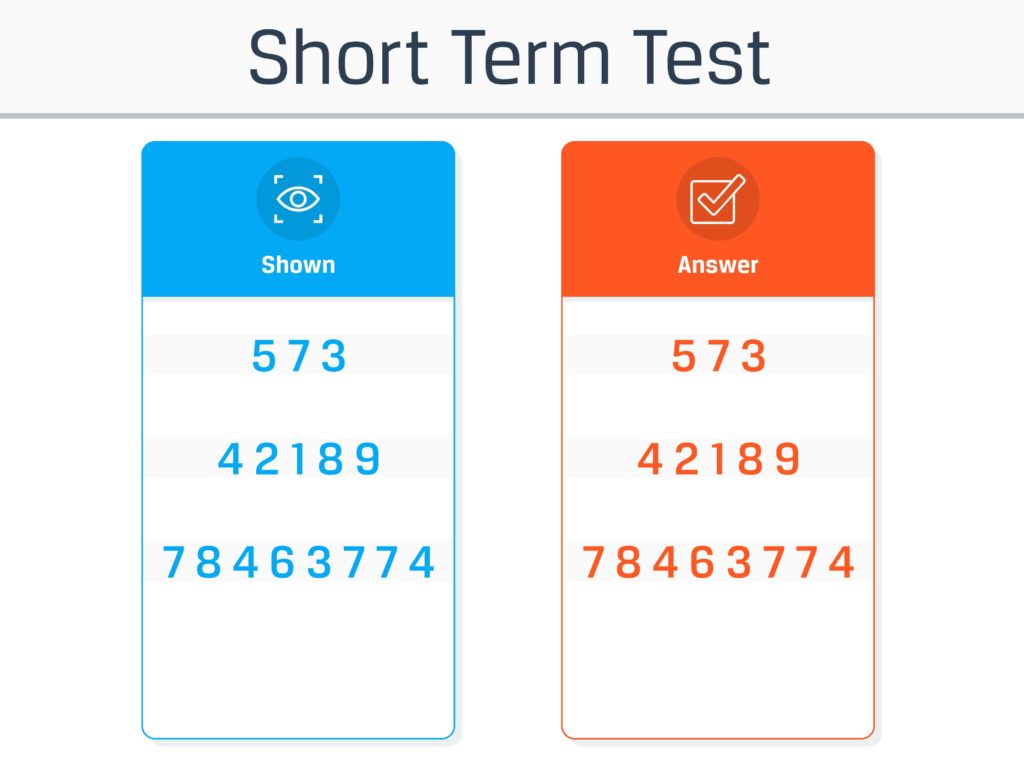

Comparison of measures for the estimation of clustering in free recall. Recall criterion does not affect recall level or hypermnesia: A puzzle for generate/recognize theories. Estimating memory function: Disparity of Wechsler Memory Scale-Revised and California Verbal Learning Test indices in clinical and normal samples. Behavior Research Methods & Instrumentation, 4, 215–217. A FORTRAN IV program for analyzing higher-order subjective organization units in free recall learning. Hypermnesia in free recall and cued recall. Journal of Experimental Psychology: Learning, Memory, & Cognition, 12, 16–29. Hypermnesia for pictures and words: Testing the recall level hypothesis. American Journal of Psychology, 95, 235–249. Journal of Verbal Learning & Verbal Behavior, 20, 497–514.

Relational and item specific information in memory. Journal of Applied Psychology, 70, 401–412. Eyewitness memory enhancement in the police interview: Cognitive retrieval mnemonics versus hypnosis. Hypermnesia for pictures: Incremental memory for pictures but not for words in multiple recall trials. Journal of Clinical & Experimental Neuropsychology, 16, 190–194.Įrdelyi, M. Comparison of the Auditory-Verbal Learning Test (AVLT) and California Verbal Learning Test (CVLT) in a sample of normal subjects. Journal of Experimental Psychology: Learning, Memory, & Cognition, 15, 977–989.Ĭrossen, J. Item gains and losses during hypermnesic recall: Implications for the item-specific-relational information distinction. To what extent is memory measured by a single recall trial? Journal of Experimental Psychology, 6, 377–382.īurns, D. Educational & Psychological Measurement, 50, 131–134.īrown, W. A FORTRAN program to calculate proximity values and as averaged proximity matrix. SORT calculates the appropriate measures and saves the output as a comma-delineated ASCII file for easy inspection and analysis.īateson, A. The program produces three main types of measures: (1) measures of clustering and organization in recall (e.g., Adjusted Ratio of Clustering score, Bidirectional Intertrial Repetition ), (2) descriptive measures (e.g., net recall, item loss, and item recovery), and (3) temporal analysis (e.g., cumulative recall, and item recovery over time). Scoring Options for Recall Tests (SORT) is a BASIC program created for IBM-compatible computers designed to facilitate the entry and analysis of data gathered from studies using either single or repeated testing procedures. However, it is rare that the data gathered from studies using either single or repeated testing procedures are fully exploited. Data from recall protocols can be used to examine a wide range of psychological processes (e.g., organizational processes, search speed) using both single and repeated testing procedures.


 0 kommentar(er)
0 kommentar(er)
